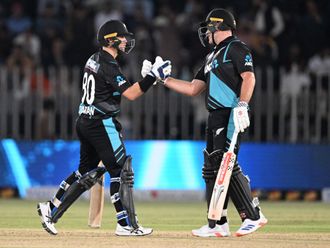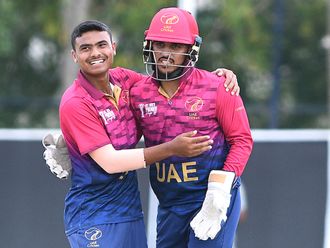It’s not for nothing that the recent pay dispute is being called the biggest crisis to hit the Australian cricket since Kerry Packer’s World Series nearly four decades back.
However, while the latter is still regarded as a revolutionary move responsible for breathing life into the game with it’s ‘pyjama cricket,’ the current one is more a confrontation threatening to drive a wedge between the cricketers and the establishment — much in the West Indies way.
July 1, 2017 will then go down in history as one of the darkest ones for the baggy greens when some of the modern stalwarts of the game like Steve Smith, David Warner or Mitchell Starc will be officially tagged as ‘unemployed’ in a list of 230 top men and women’s cricketers.
To Cricket Australia, it seems to have no consequence that their men’s team are the current 50-overs world champions while the women — who has a time-bound special contract till the ongoing women’s World Cup — may go on to retain the crown.
It’s quite shocking in the first place that Cricket Australia, rated as one of the most professionally run and proactive boards in the game, have allowed the situation to come to such a pass over the last few months.
For those sitting on the other side of the fence, it’s a historical trait to label the cricketers as mercenaries whenever they look to extract their pound of flesh — be it a Sunil Gavaskar during his time, a Brian Lara or Dwayne Bravo much later or someone like the outspoken Warner in the present context.
An interesting sub-plot in the recent Virat Kohli-Anil Kumble spat also may have had a part of it’s genesis in the same problem.
It was only in May that the Indian captain and coach seemed to be in sync when Kohli was pressing with the demand of a manifold hike in pay for the ‘A’ grade cricketers while the legendary leg spinner was at hand to prepare a business case for the same — in the process arguing for a hike in the coach and support staff’s fees as well.
While the exit of Kumble was later attributed to a breakdown in his relationship with the captain, informed sources in the Indian board also see it as a tacit ploy in the drama to keep someone out who spoke his own voice. If it was the cloak-and-dagger style of the Board of Control in India (BCCI) to satisfy Kohli’s ego and diffuse the problem for now, the Cricket Australia’s ways in stonewalling the players’ demands were — well, very abrasive and Australian.
It was foolhardy on part of CA to expect that their top players will give in to the proposal of scrapping of their 25 per cent revenue share — a system that was in place for the last two decades — and agree to a bonus-kind of model only for the international cricketers. The CA’s contention that the leading players of current generation make enough moolah and hence dismantling the earlier model was justifiable also doesn’t hold water.
Any successful governing body worth it’s salt would do well to remember that it’s their cricketers who are the money-spinners and not the officials. A certain degree of flexibility and diplomacy is required from both sides across the table — something found lacking in the CA’s handling of the snowballing crisis so far.
It’s impossible to imagine a cricketing universe without the awesome Aussies. As for us, we can only wait and watch …












